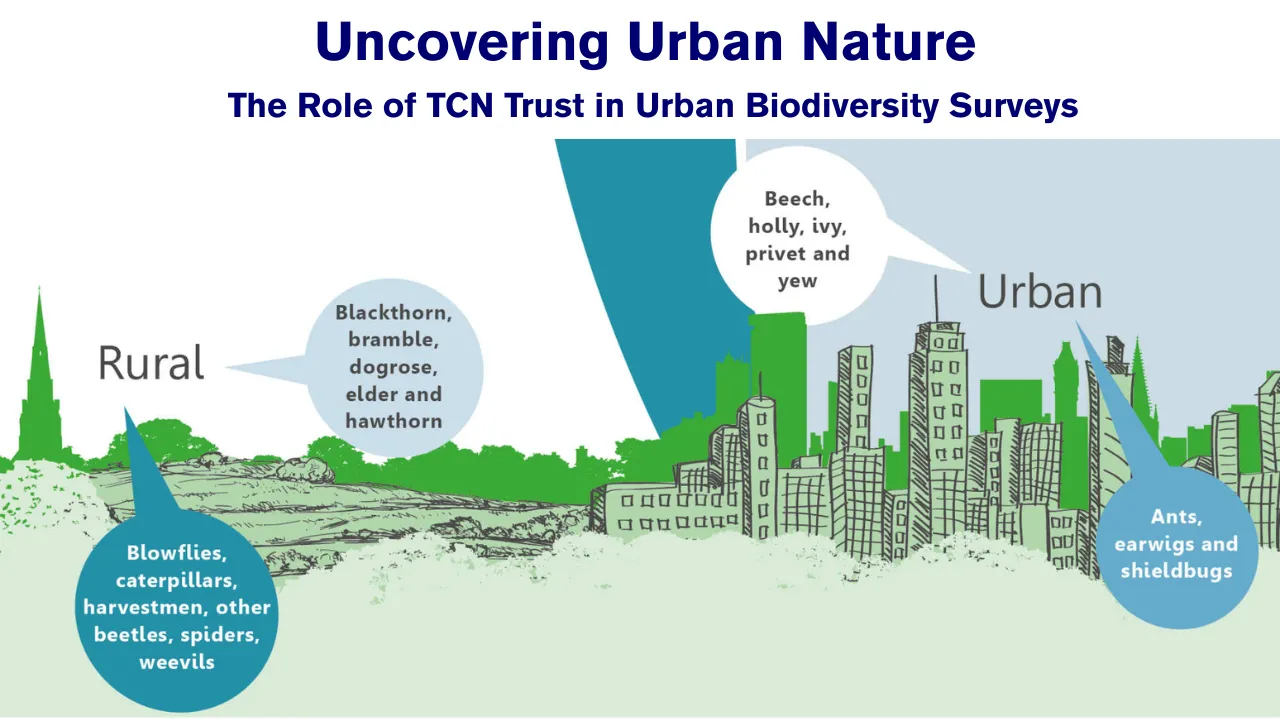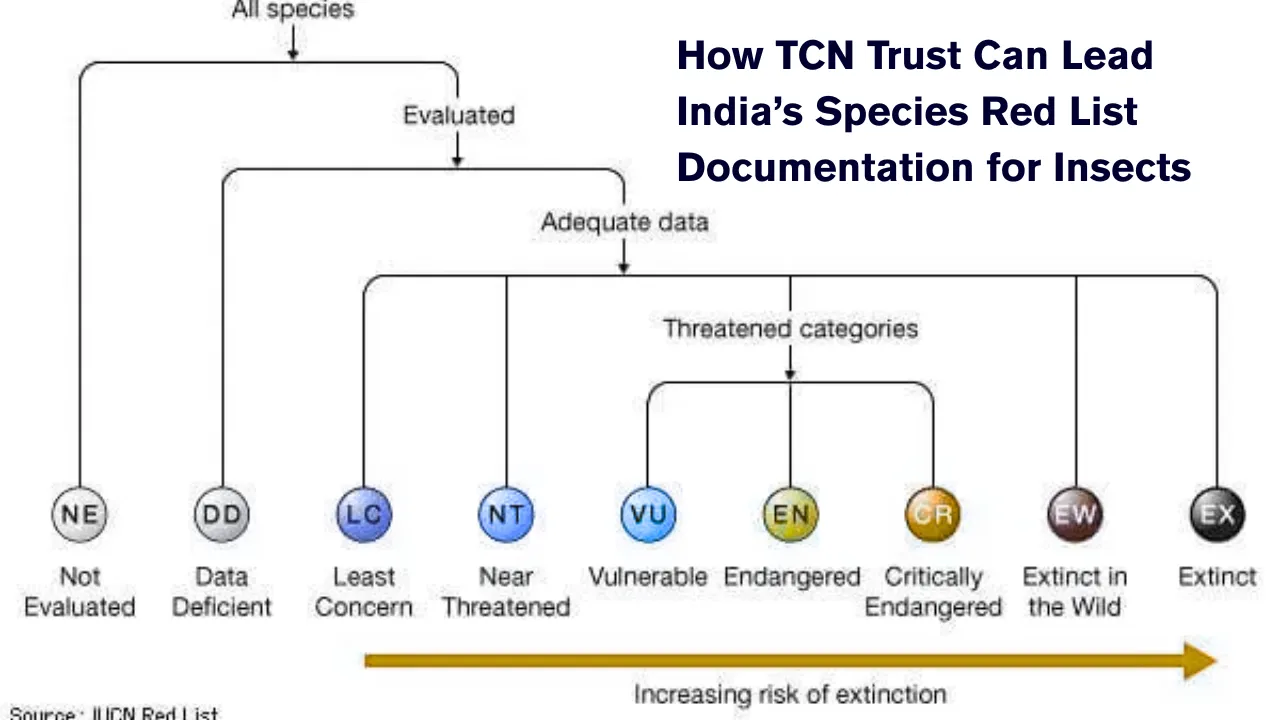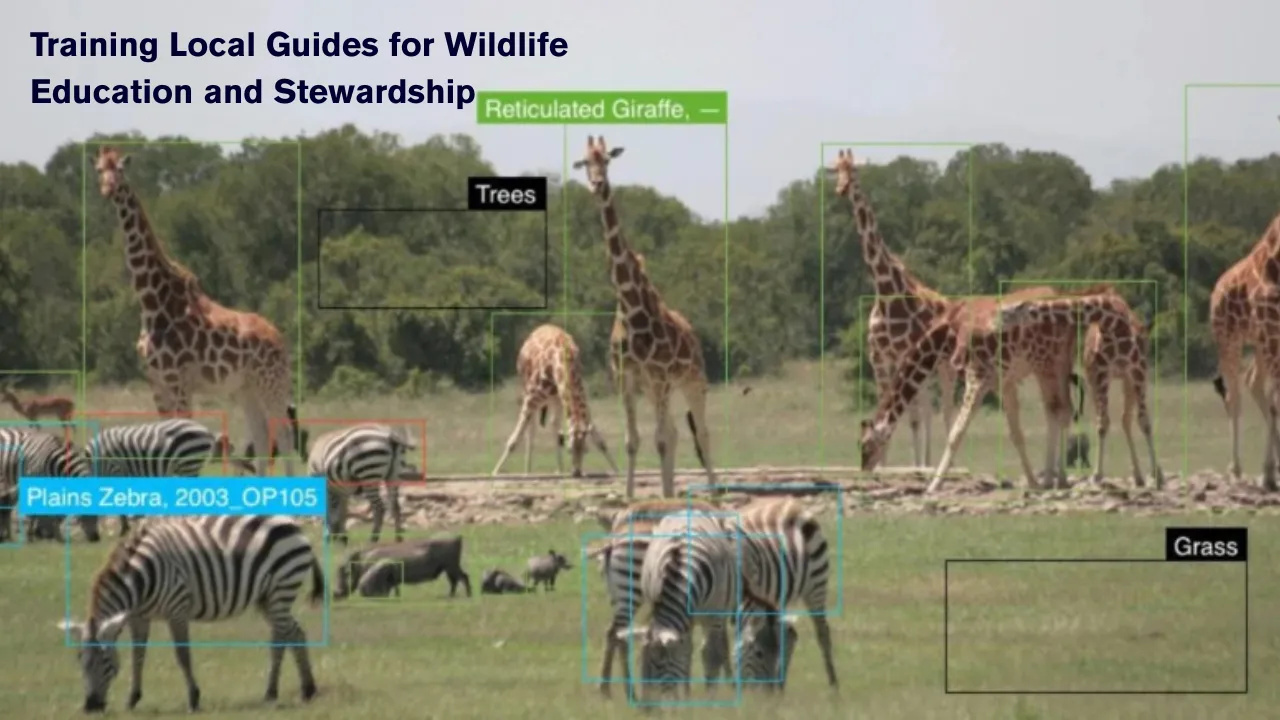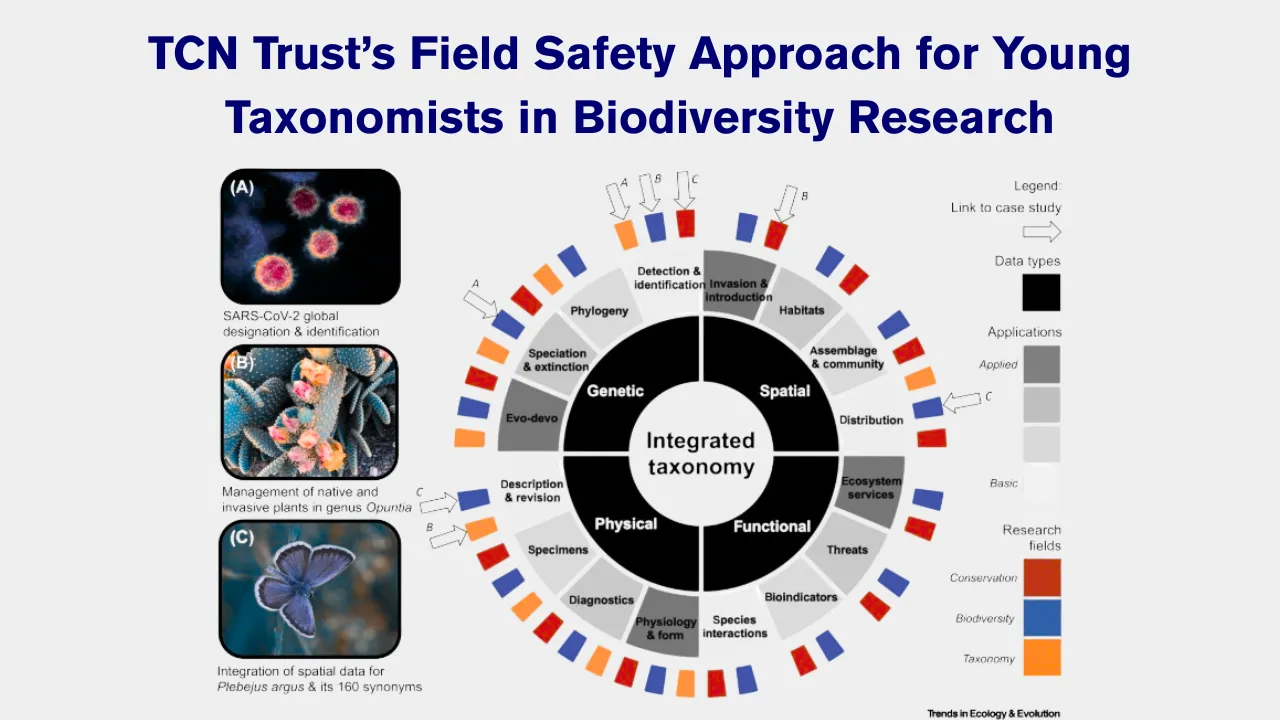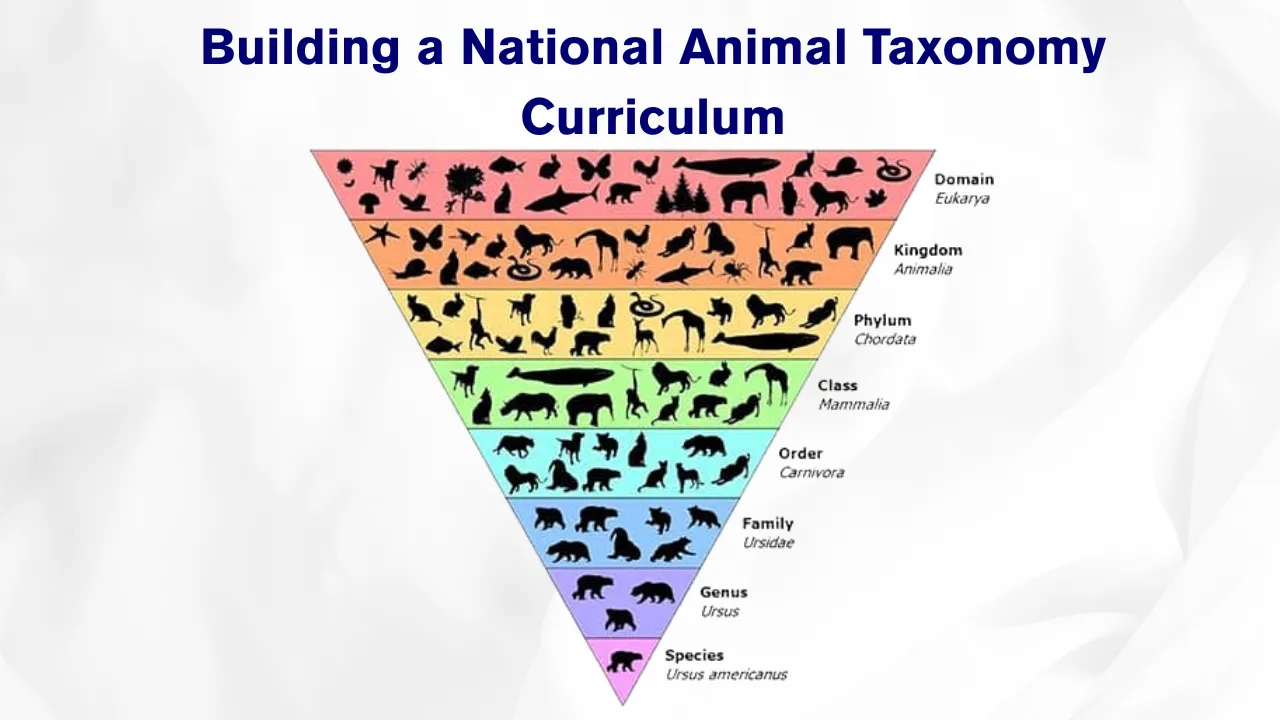Urban Biodiversity Surveys: Urban Biodiversity Surveys are emerging as one of the most essential tools in modern ecological research. While cities are often seen as concrete expanses dominated by vehicles, infrastructure, and human activity, they are also surprising havens for a range of plant and animal life. From birds nesting in rooftop gardens to insects thriving in forgotten parks, urban wildlife is more common than we think—just hidden in plain sight.
This article focuses on how TCN Trust is changing the way we look at cities through its detailed and community-driven Urban Biodiversity Surveys. These efforts are not only about collecting data—they’re about discovering overlooked ecosystems, guiding sustainable development, and building a future where cities grow alongside nature.
Urban Biodiversity Surveys: Mapping Urban Life with Precision and Purpose
TCN Trust’s work in Urban Biodiversity Surveys plays a critical role in highlighting and protecting the richness of life found in cities. These surveys involve detailed tracking, documentation, and analysis of various urban species—from migratory birds and reptiles to flowering plants and pollinators. With urban expansion eating into natural habitats, these efforts are crucial for understanding how remaining green spaces function and what species still rely on them. TCN Trust combines modern research tools with strong community engagement to map urban ecosystems that often go unnoticed, ensuring biodiversity becomes a core part of city planning, education, and local policy.
Overview Table: TCN Trust’s Urban Biodiversity Initiatives
| Focus Area | Description |
| Survey Techniques | Camera trapping, bioacoustics, field observations, and public participation |
| Primary Goal | Mapping overlooked urban habitats and city wildlife |
| Target Locations | Parks, drains, roadsides, schoolyards, vacant plots |
| Community Engagement | School outreach, biodiversity walks, citizen scientist programs |
| Expected Impact | Species documentation, ecological awareness, input for urban development planning |
The Role of TCN Trust in Discovering Urban Ecosystems
TCN Trust has carved a niche in discovering, documenting, and defending urban ecosystems that are often left out of ecological narratives. Unlike rural landscapes or protected forests, cityscapes present a more fragmented and dynamic challenge for biodiversity mapping. Urban development, pollution, and changing land use patterns frequently threaten the survival of native species.
Through Urban Biodiversity Surveys, TCN Trust identifies these hidden urban habitats, whether it’s a forgotten pond, an unpaved trail between buildings, or a cluster of native plants along a school fence. These seemingly ordinary spaces often turn out to be microhabitats supporting surprising diversity, from small mammals and amphibians to butterflies and medicinal herbs. By documenting these places and their species, the Trust builds a scientific case for their conservation within city limits.
Techniques and Tools Used in Urban Surveys
To conduct efficient and meaningful Urban Biodiversity Surveys, TCN Trust uses a mix of scientific tools and public-friendly methods. Here are some key components of their approach:
- Direct Field Observations: Experts and trained volunteers walk through designated areas noting species presence, habitat condition, and signs of wildlife activity.
- Camera Traps: Installed in secluded locations, these cameras capture nocturnal or shy species that avoid human interaction.
- Bioacoustic Devices: These tools record ambient sounds to detect birds, frogs, bats, and insects based on their calls.
- Geospatial Mapping: Survey data is layered onto digital maps to identify biodiversity hotspots and ecological gaps.
- Citizen Science Platforms: Local communities contribute sightings via online portals, enhancing coverage and creating shared ownership.
This combination of scientific rigor and public involvement makes the surveys both robust and inclusive.
Documenting Overlooked Urban Species
One of the most impactful outcomes of TCN Trust’s Urban Biodiversity Surveys is the discovery and documentation of species previously unknown or unrecorded in urban areas. The surveys have brought to light instances of rare butterflies thriving in backyard gardens, owls nesting in derelict buildings, and amphibians breeding in old wells.
Such findings challenge the belief that wildlife can only thrive in remote natural areas. Instead, they point to the adaptability of many species and the critical importance of protecting even small green patches in the city. These records also help update regional biodiversity databases, influencing conservation priorities and educational efforts.
Importance of Community Participation
No biodiversity mapping effort can be truly effective without involving the people who live in and interact with these environments every day. TCN Trust recognizes this and has embedded citizen engagement at the core of its strategy. Through nature walks, photography contests, school workshops, and mobile-based reporting tools, residents become active participants in urban ecology.
This not only improves data collection but also fosters a sense of environmental responsibility. Children learn to identify birds by their calls, homeowners discover native trees in their gardens, and community groups begin to advocate for preserving local parks. In this way, Urban Biodiversity Surveys become a bridge between science and society.
Challenges in Urban Biodiversity Mapping
Despite its success, urban biodiversity work comes with its own set of challenges:
- Access Restrictions: Private land and gated areas are often excluded from surveys due to permission issues.
- Rapid Urban Change: Construction and land modification can alter habitats before documentation is complete.
- Species Detection Limitations: Many species are seasonal, camouflaged, or nocturnal, making them hard to observe consistently.
- Data Integration: Ensuring that collected data is standardized and usable across platforms and policy documents can be complex.
TCN Trust mitigates these challenges through flexible survey designs, regular updates, and partnerships with local stakeholders and academic institutions.
Key Highlights of TCN Trust’s Urban Biodiversity Work
- Habitat Identification:
- Mapping fragmented green spaces such as school compounds, temple gardens, and roadside vegetation.
- Highlighting microhabitats like drain edges and wall cracks that support species like geckos, spiders, or wild herbs.
- Mapping fragmented green spaces such as school compounds, temple gardens, and roadside vegetation.
- Policy Support and Advocacy:
- Providing data to municipal authorities for incorporating biodiversity in city master plans.
- Advising on green space preservation in urban development zones.
- Providing data to municipal authorities for incorporating biodiversity in city master plans.
These efforts ensure biodiversity remains a key consideration in city management.
Success Stories and Notable Discoveries
TCN Trust’s surveys have led to several notable ecological observations:
- Discovery of a rare bat species using a college auditorium attic as a roosting site.
- Identification of a small yet active wetland in an urban industrial zone supporting wading birds.
- Cataloguing of over 80 butterfly species in just one city neighborhood, highlighting strong pollinator networks.
Each of these findings helps build a more accurate picture of the city’s ecological assets and reinforces the need to protect them.
Future Scope and Expansion
Looking ahead, TCN Trust plans to expand its reach and deepen its impact through:
- Creating digital biodiversity atlases for urban districts.
- Developing mobile applications that simplify public reporting of species sightings.
- Training youth ambassadors to lead biodiversity walks and data collection.
- Partnering with government bodies to turn data into policy action.
These steps aim to mainstream urban biodiversity conservation and embed it into education, governance, and everyday city life.
FAQs
What is an urban biodiversity survey?
It is a scientific and community-based process of recording and analyzing plant and animal life found within urban areas.
How does TCN Trust conduct its surveys?
They use a mix of field research, digital tools, citizen science, and expert consultation to map and understand city ecosystems.
Can anyone contribute to these surveys?
Yes. Residents, students, and volunteers are encouraged to join nature walks, report species sightings, and help with documentation.
Why is urban biodiversity important?
Urban ecosystems support ecological balance, offer mental well-being, and ensure pollination and natural pest control even in cities.
Where are these surveys conducted?
In a variety of locations, including public parks, schools, backyards, roadsides, wetlands, and underutilized urban spaces.
Conclusion
Urban Biodiversity Surveys by TCN Trust are showing us that cities are more than just places for people—they’re also habitats for a wide variety of species. By meticulously recording urban life, engaging communities, and pushing for data-driven conservation, the Trust is redefining how we relate to nature in cityscapes.
In a world where rapid urbanization often overshadows environmental concerns, this work serves as a powerful reminder: biodiversity doesn’t stop at the edge of a forest. It exists in our neighborhoods, gardens, and city parks—and it deserves to be recognized, documented, and protected.
Join the movement by participating in your local biodiversity survey or simply by observing the life around you. Every small action contributes to a bigger, greener future.
